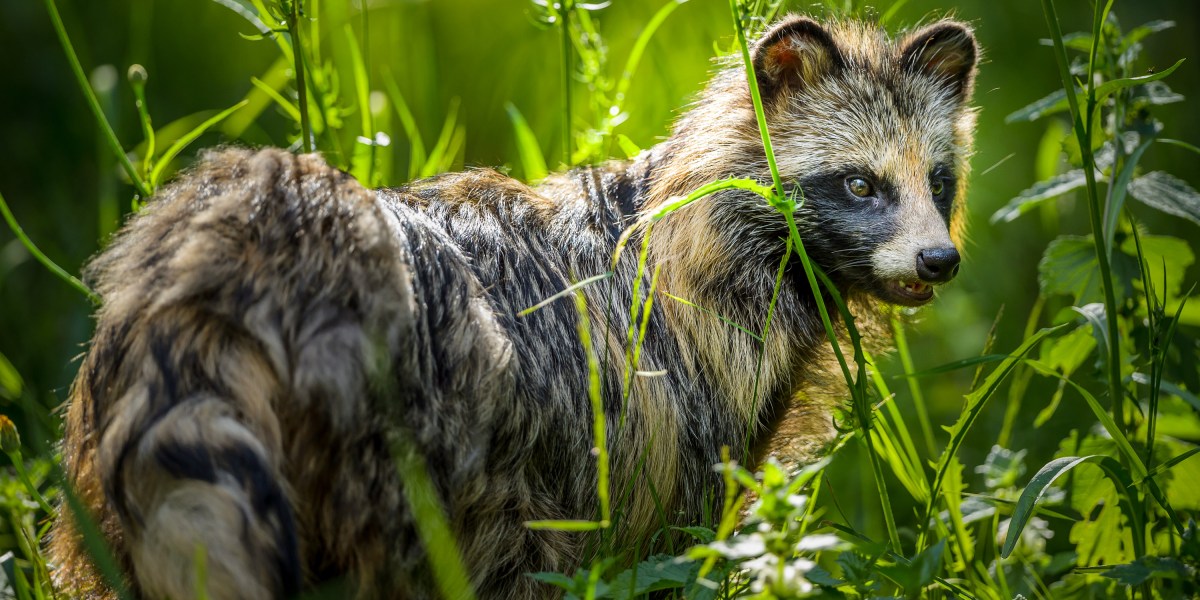Newly revealed coronavirus data has reignited a debate over the virus’s origins

Data collected in 2020—and kept from public view since then—potentially adds weight to the animal theory. It highlights a potential suspect: the raccoon dog. But exactly how much weight it adds depends on who you ask. New analyses of the data have only reignited the debate, and stirred up some serious drama.
The current ruckus starts with a study shared by Chinese scientists back in February 2022. In a preprint (a scientific paper that has not yet been peer-reviewed or published in a journal), George Gao of the Chinese Center for Disease Control and Prevention (CCDC) and his colleagues described how they collected and analyzed 1,380 samples from the Huanan Seafood Market.
These samples were collected between January and March 2020, just after the market was closed. At the time, the team wrote that they only found coronavirus in samples alongside genetic material from people.
There were a lot of animals on sale at this market, which sold more than just seafood. The Gao paper features a long list, including chickens, ducks, geese, pheasants, doves, deer, badgers, rabbits, bamboo rats, porcupines, hedgehogs, crocodiles, snakes, and salamanders. And that list is not exhaustive—there are reports of other animals being traded there, including raccoon dogs. We’ll come back to them later.
But Gao and his colleagues reported that they didn’t find the coronavirus in any of the 18 species of animal they looked at. They suggested that it was humans who most likely brought the virus to the market, which ended up being the first known epicenter of the outbreak.
Fast-forward to March 2023. On March 4, Florence Débarre, an evolutionary biologist at Sorbonne University in Paris, spotted some data that had been uploaded to GISAID, a website that allows researchers to share genetic data to help them study and track viruses that cause infectious diseases. The data appeared to have been uploaded in June 2022. It seemed to have been collected by Gao and his colleagues for their February 2022 study, although it had not been included in the actual paper.


